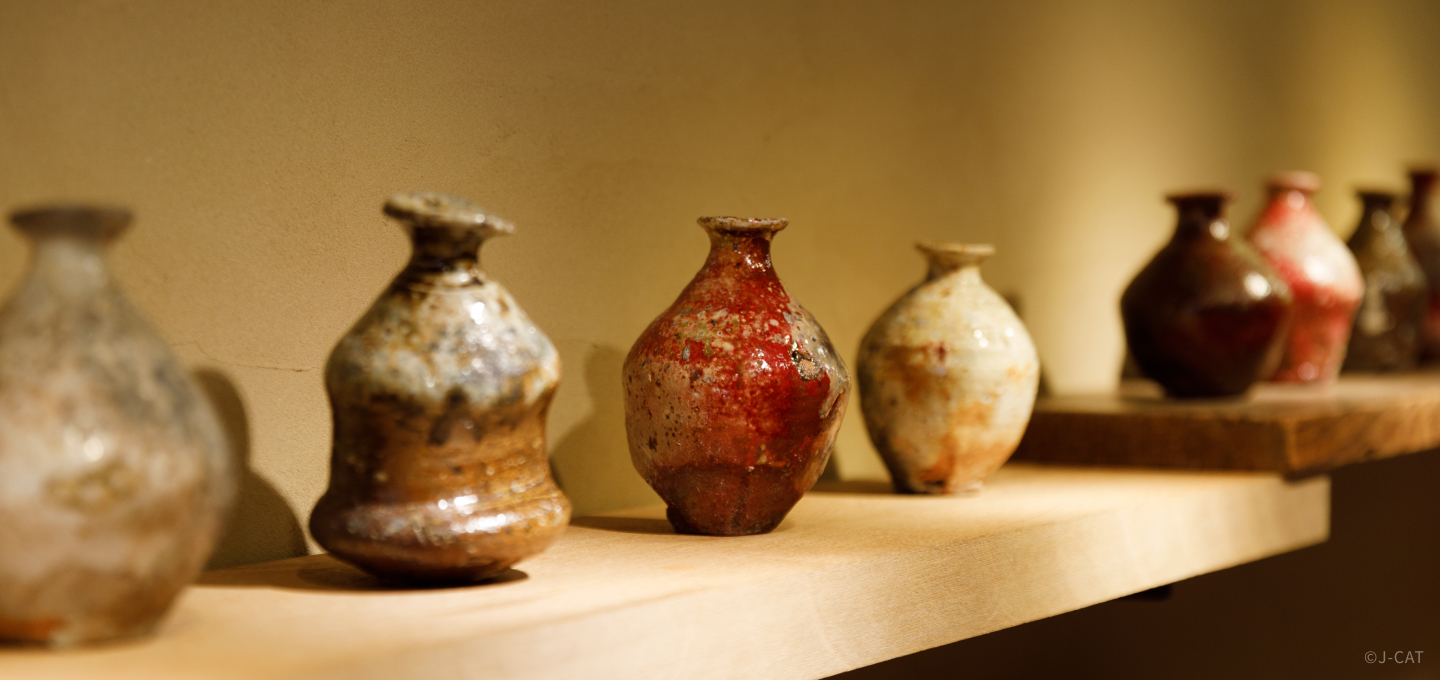
Special Experience
Tokyo
Experience Yobitsugi, a Kintsugi Variation, to Discover the Timeless Legacy of Japanese Ceramics
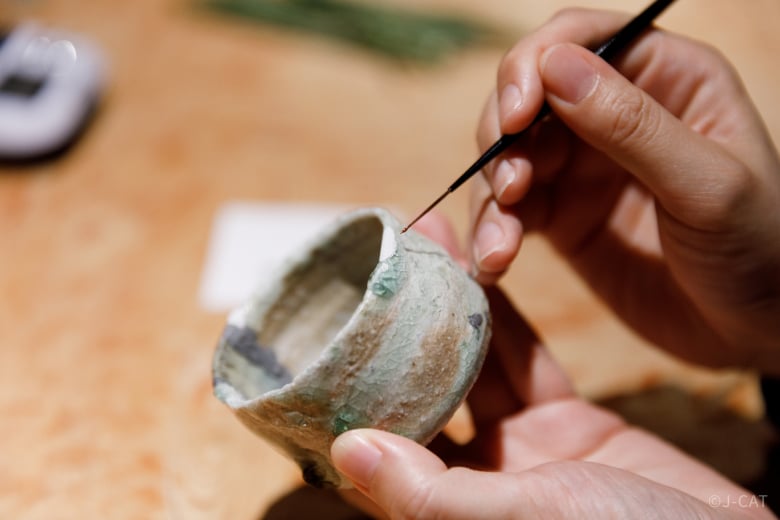
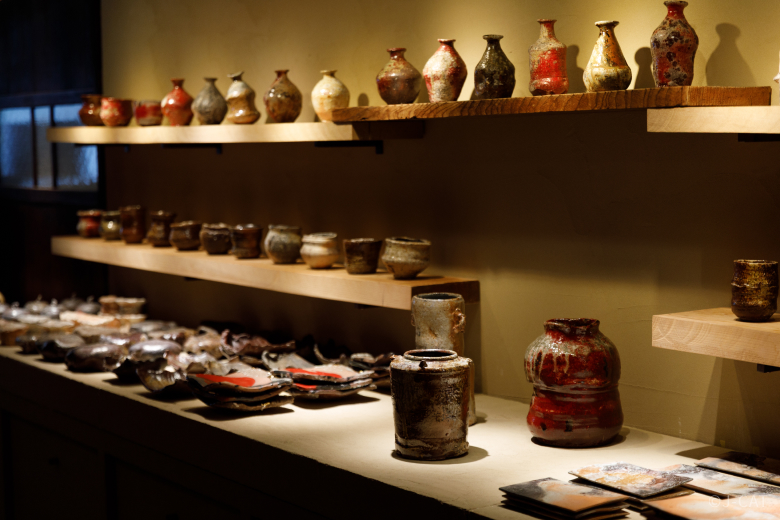
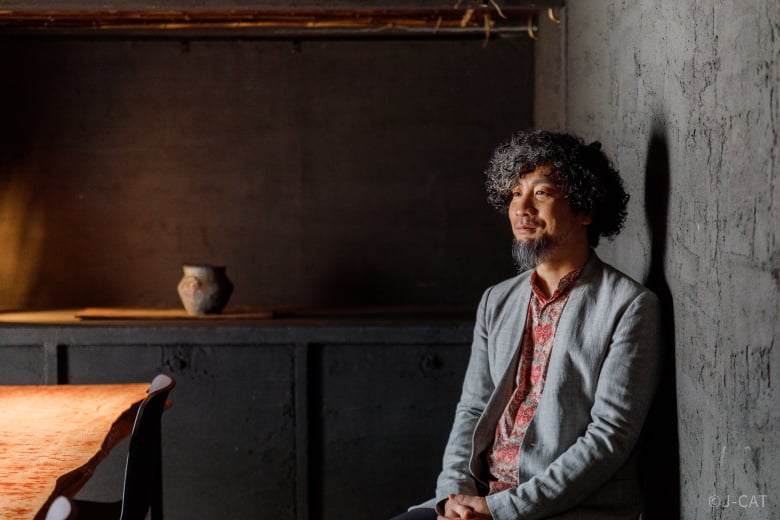
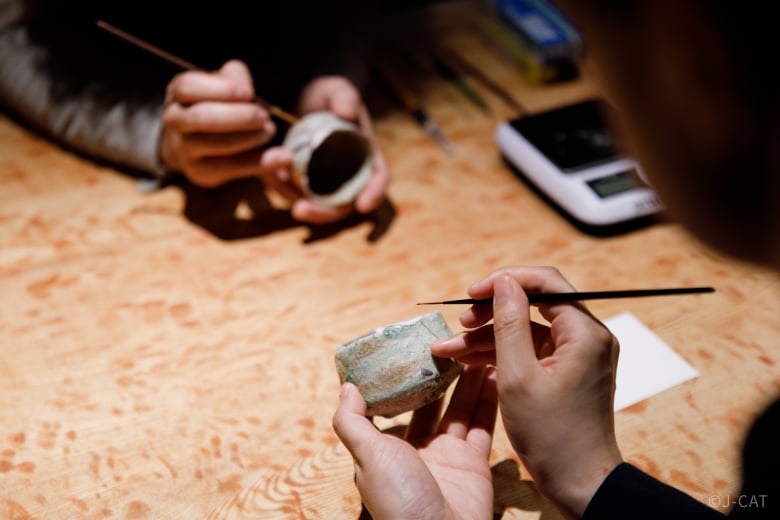
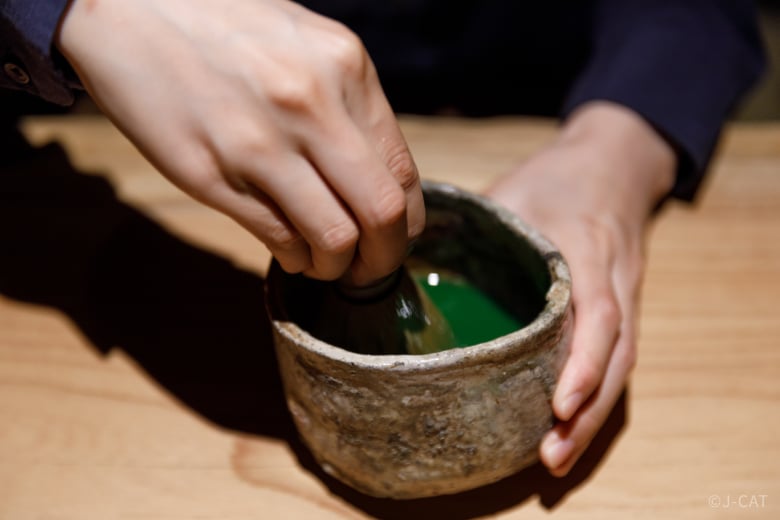


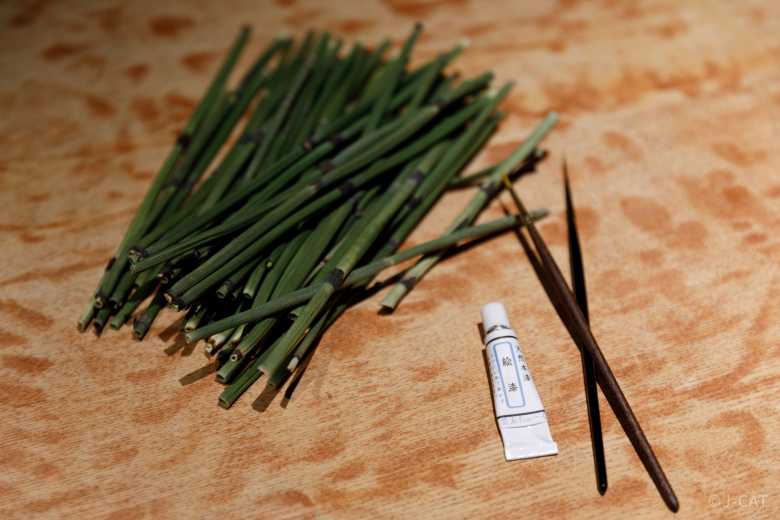
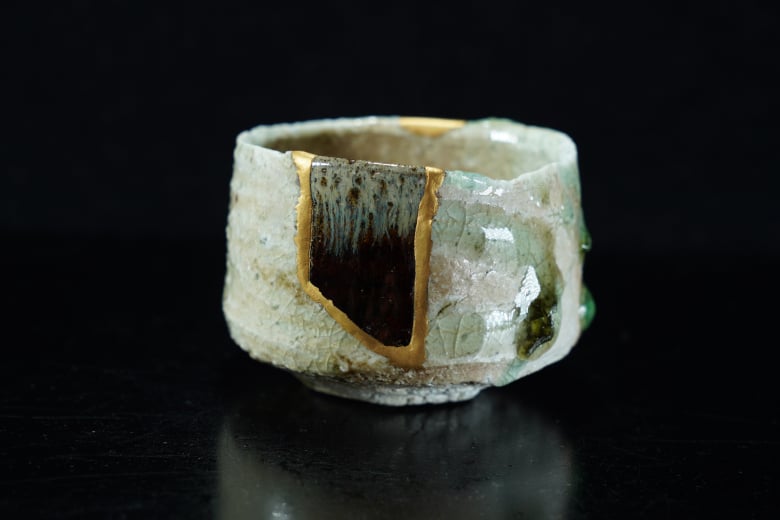
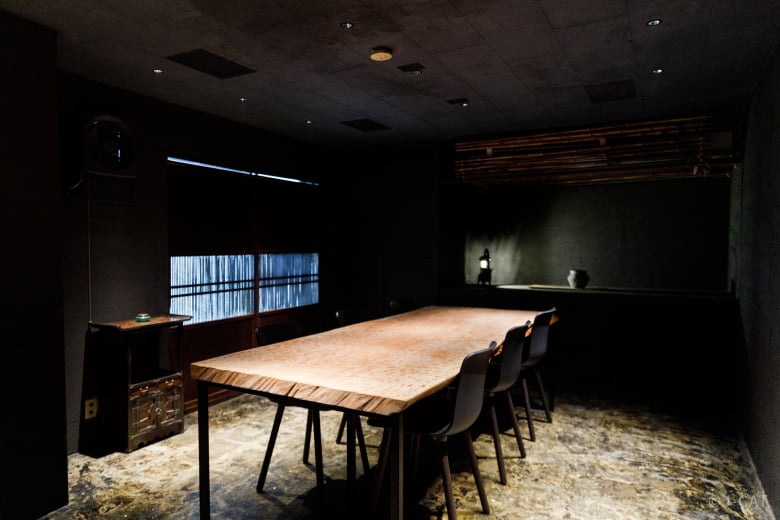
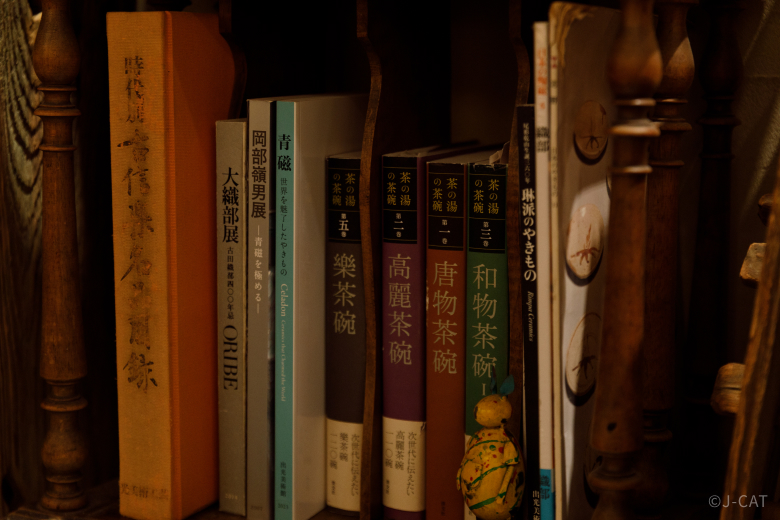
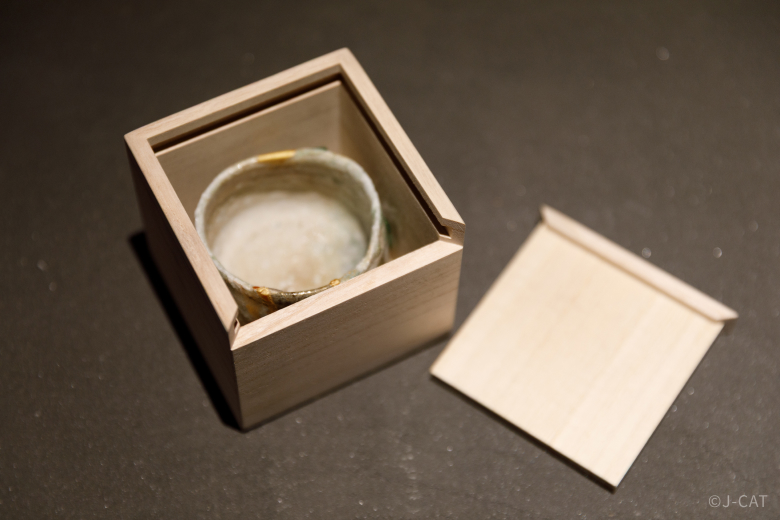
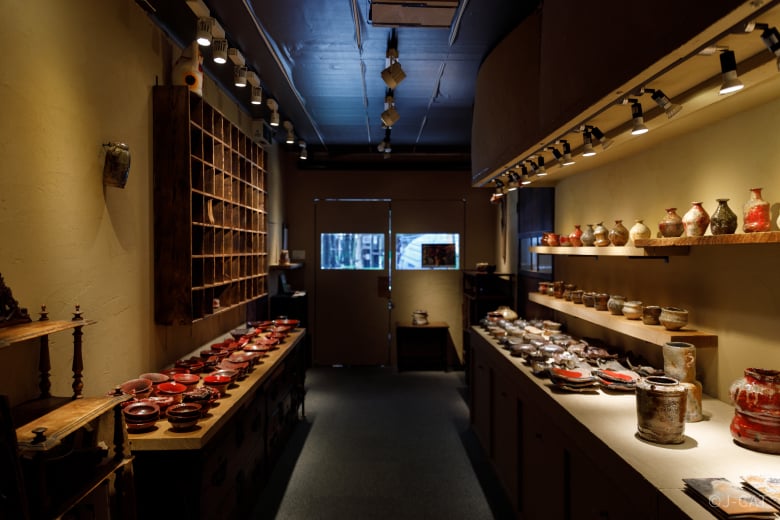
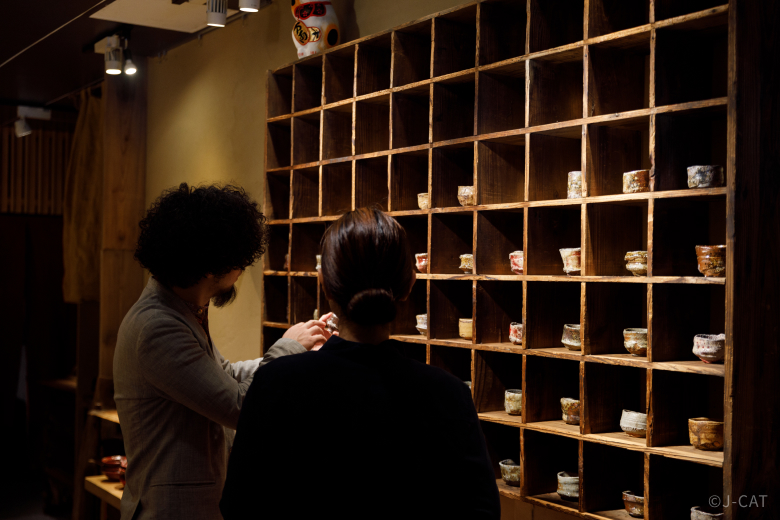
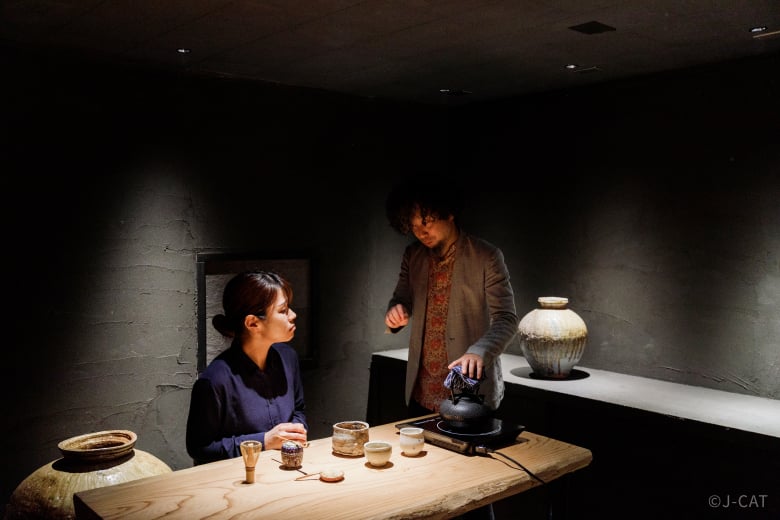
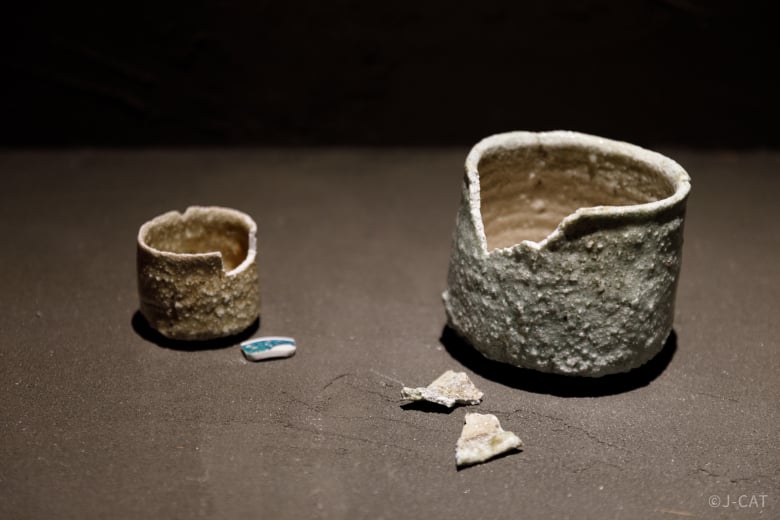
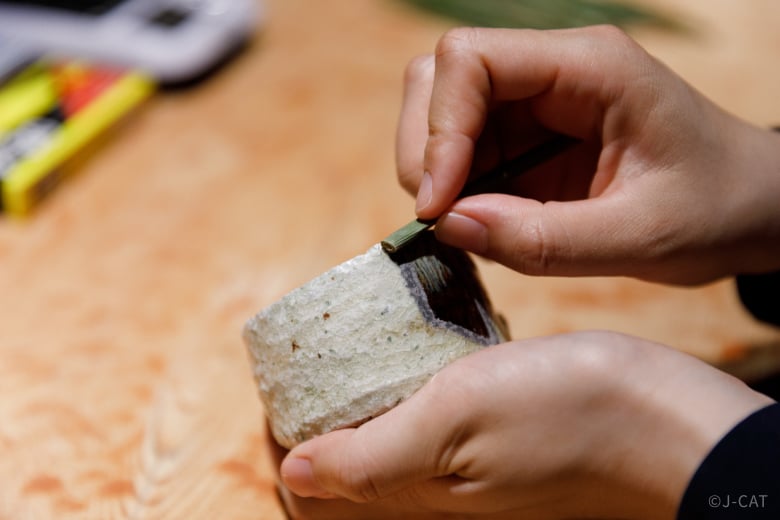
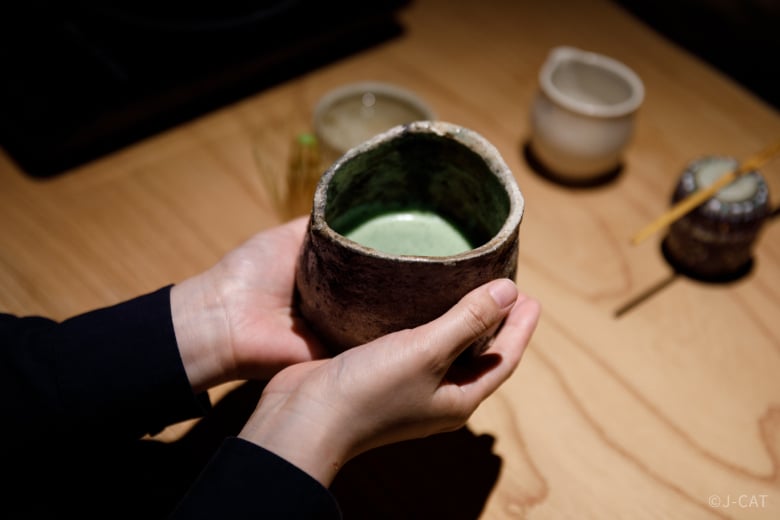

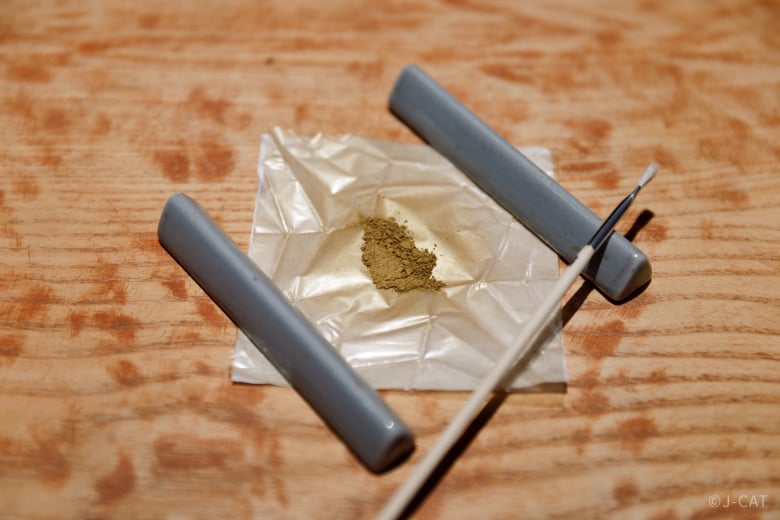
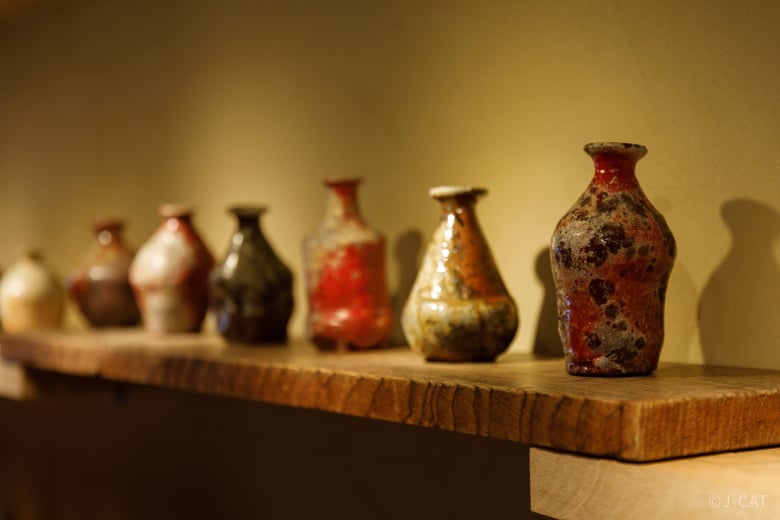
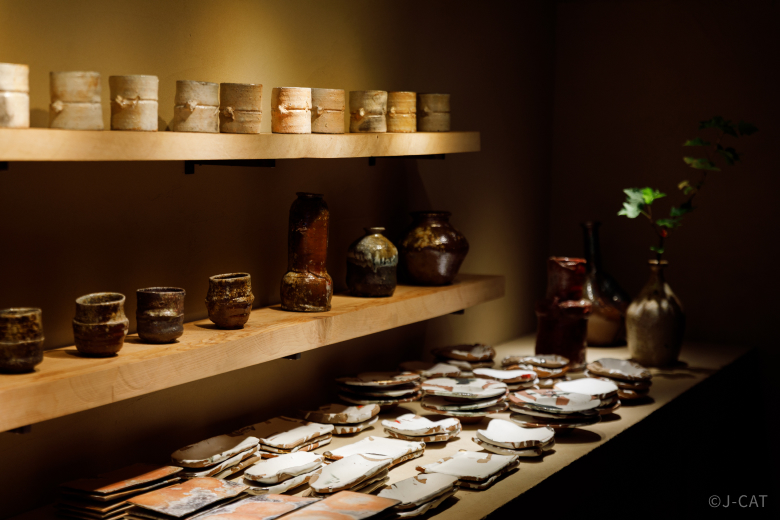
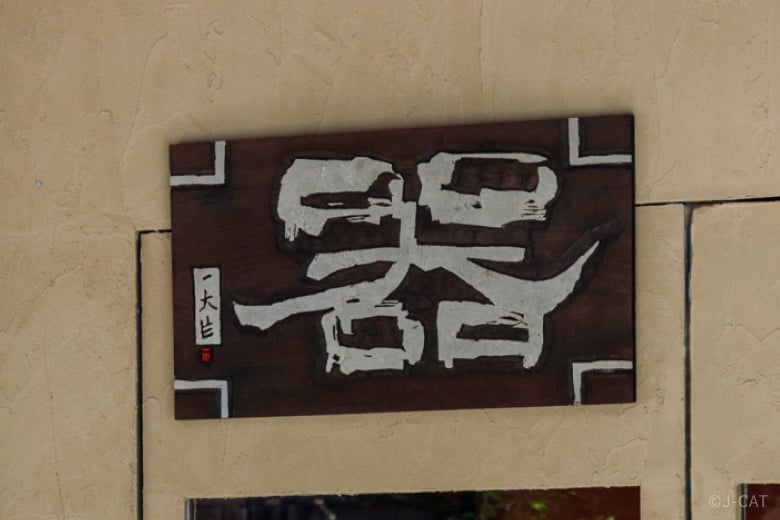























Overview
Located within walking distance of Tokyo Station, Tobetobekusa is a pottery gallery where you can appreciate uniquely crafted creations by various ceramic artists. Here, under the guidance of a seasoned artisan, experience yobitsugi, a variation of kintsugi that uses fragments from different ceramics to repair a ceramic. Then, prepare matcha green tea in a bowl carefully selected by the gallery owner.
Key Features
・In this private experience at a gallery near Tokyo Station, under the guidance of a kintsugi artisan, give new life to a wood-fired ceramic through yobitsugi, a variation of kintsugi
・Repair your ceramic by using lacquer to join fragments from different ceramics, then take home your finished creation on the same day (or have it shipped for an additional fee)
・Make matcha in a bowl specially selected by the gallery owner, then, if you like, browse the gallery’s seasonal exhibition and interact with ceramic artists in attendance
Tokyo
210mins
from ¥40,000 /person
1 - 6 participants
Available in English
Cancel free up to 4 days prior
Details
A Gallery Dedicated to a Familiar Art Form: Pottery
From Tokyo Station, one of Japan’s largest terminal stations, walk straight down the main road, Yaesu Street, and you will reach the low-key Hatchobori neighborhood. Here, tucked away from downtown Tokyo’s hustle and bustle, is a pottery gallery called Tobetobekusa, which opened in 2015 in Nishi-Asakusa but moved to its current location in 2022.
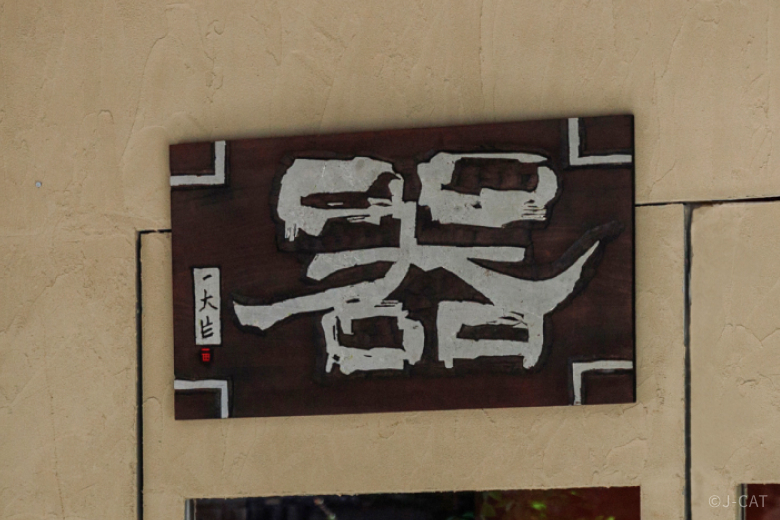
The signboard with the kanji character “utsuwa” (“vessel” or “container”) is the gallery’s distinctive landmark
Despite its unassuming exterior, Tobetobekusa’s calming interior is deep and long. Gallery owner Takashi Ito was involved in its design, including the careful selection of shelves, boards, and fixtures for displaying pottery. Though the space has a dignified ambiance to it, wood fixtures add a touch of warmth, and the minimal room lighting helps ceramics illuminated by display lights to stand out.
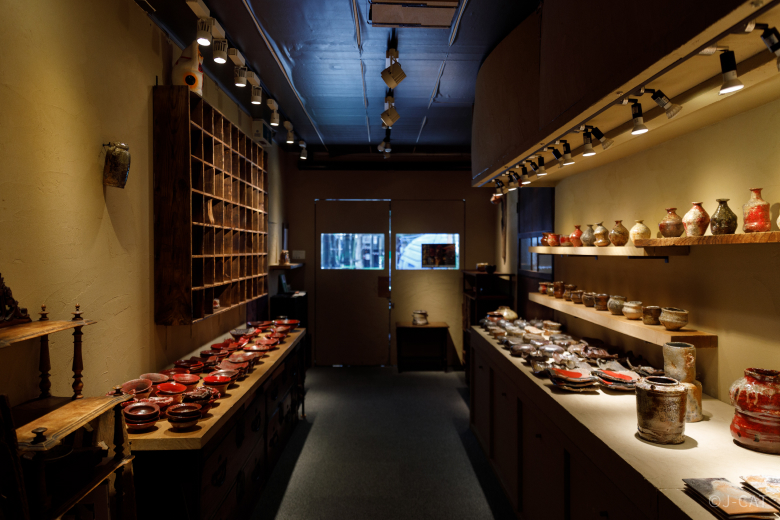
Ito was involved in designing the interior of this calming space
Reflecting Ito’s extensive travels around Japan to connect with ceramic artists, the gallery features ceramics from various pottery-producing areas across the nation: Iga ware, Shigaraki ware, Tamba ware, Karatsu ware, Mino ware, and so on. It is precisely because Ito wanted to showcase the works of these dedicated artisans who are proficient in both skill and artistic sensibility that he opened his gallery.
Discover the Distinctive Charm of Wood-Fired Ceramics
This experience will begin with a look around Tobetobekusa to appreciate the creations of a variety of ceramic artists. Each ceramic varies in color and shape, and the closer you observe the pottery, the more you will discover. According to Ito, ceramics made by firing clay, above all, were what got him interested in pottery. He recalls, “I was captivated by how ceramics seemed so full of life, as if they were carved and formed out of nature, and soon I was drawn into this world.”
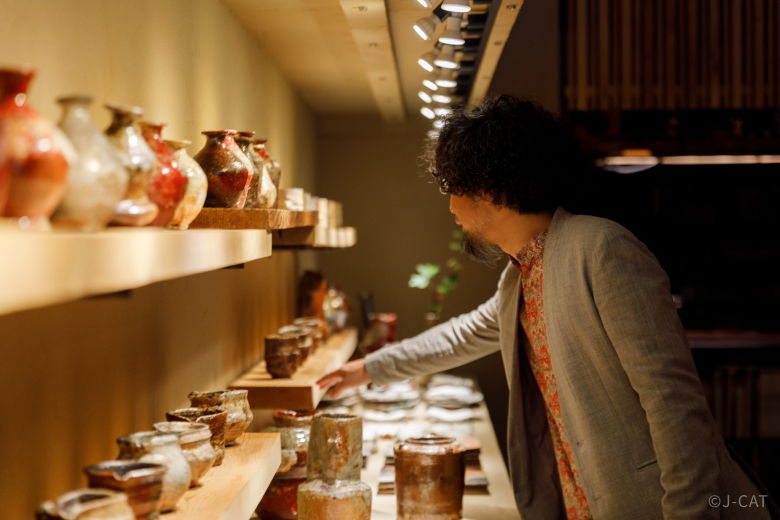
Ito says, “Each ceramic conveys the artist’s feelings, as well as the techniques to create it.”
The gallery mainly exhibits pottery fired the traditional way: using a wood-fired kiln. Compared to ceramics fired with gas or electricity, no two wood-fired ceramics are exactly alike. Even when they are made with the same material and design and fired at the same time, each piece will have its own unique characteristics. This is because it is difficult to consistently maintain the heat strength of firewood. Take this time to admire the pieces on display, listen to your instructor’s detailed explanations, and feel the charm of each ceramic.
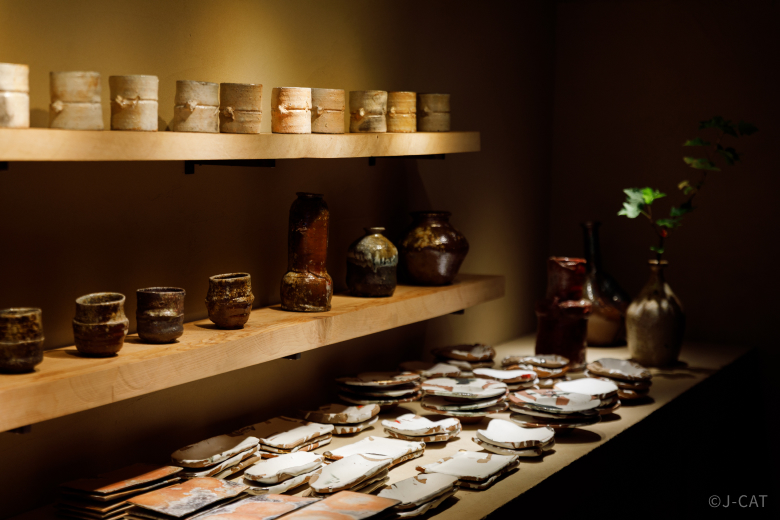
Exhibitions at Tobetobekusa highlight the individuality of each creation; at the time of writing this article, the seasonal theme was a solo exhibition by a Tamba ware artist
After browsing the gallery, head to the venue for your simplified kintsugi experience. Whether led by Ito himself or another knowledgeable artisan with a passion for wood-fired ceramics and kintsugi, this experience is suitable even for those who are totally new to kintsugi, as your instructor will guide you every step of the way.
A Fateful Encounter Between Two Ceramics
As you will have learned while browsing Tobetobekusa’s gallery, it is difficult to control the temperature of a wood-fired kiln, which is why wood-fired ceramics often break during the firing process. However, broken ceramics are still full of potential. Recognizing that even broken ceramics are a reflection of their creators’ artisanship and skills, Ito does not want to let a single creation go to waste. Thus, he takes in broken ceramics from artists and uses kintsugi to breathe new life into them.
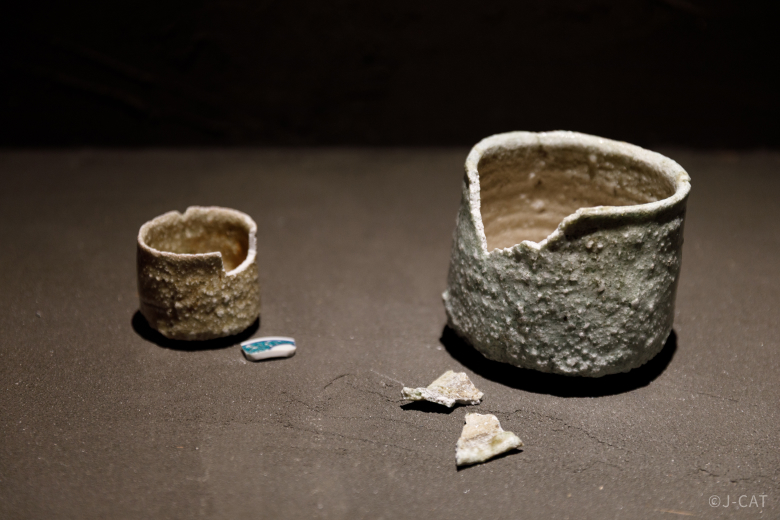
Through yobitsugi, ceramics of differing origins, creators, and materials give rise to exquisite combinations
You may know kintsugi as the traditional technique of rejoining parts that were originally a single ceramic. However, there is a variation of kintsugi called “yobitsugi” that involves putting together fragments of different ceramics, and this is what you will experience at Tobetobekusa. You can think of yobitsugi as the result of a fateful encounter with ceramic pieces of different materials, textures, and colors. With their professional expertise, Ito and the staff of Tobetobekusa will prepare the parts to be combined in advance.
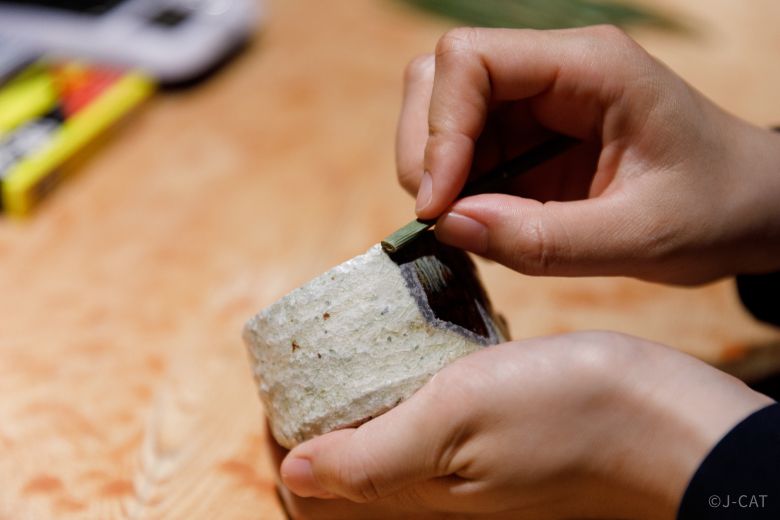
The surface of the repaired ceramic is smoothened with an all-natural material: a rough-textured plant called tokusa
Yobitsugi involves connecting the pieces with a putty made from epoxy resin, then applying genuine lacquer over the joints. Next, tokusa (also spelled “togusa”) — a plant with a rough, sandpaper-like texture — is used to smooth out any parts that stick out. Because tokusa is harder than the putty but softer than the ceramic, it can polish a ceramic without damaging its surface.
Enjoy Matcha and the Feel of Wood-Fired Ceramics
While waiting for the putty holding the parts together to dry, take the time to personalize the wooden box that will store your finished creation. Using a brush and ink, write your name, initials, and/or anything else on the lid of the box.
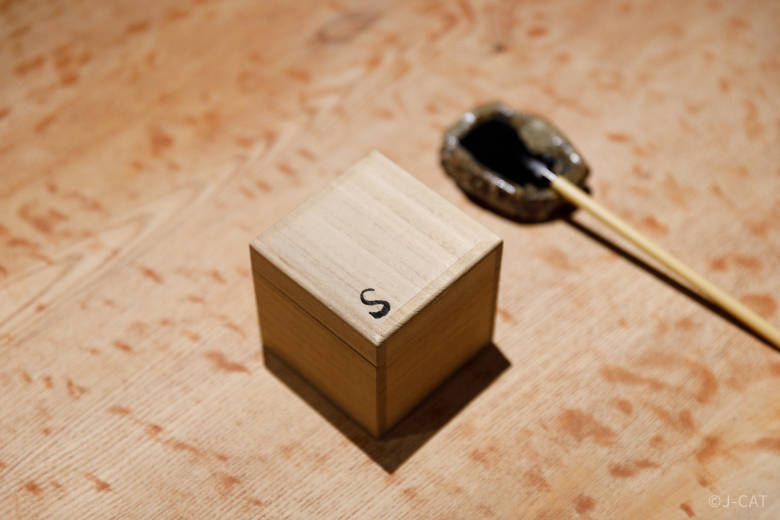
Your yobitsugi creation will make for the perfect souvenir or memento of your trip
The putty will have dried by the time you are done writing on the lid. Next, it’s time to apply genuine lacquer to the joints where the ceramic parts are connected.
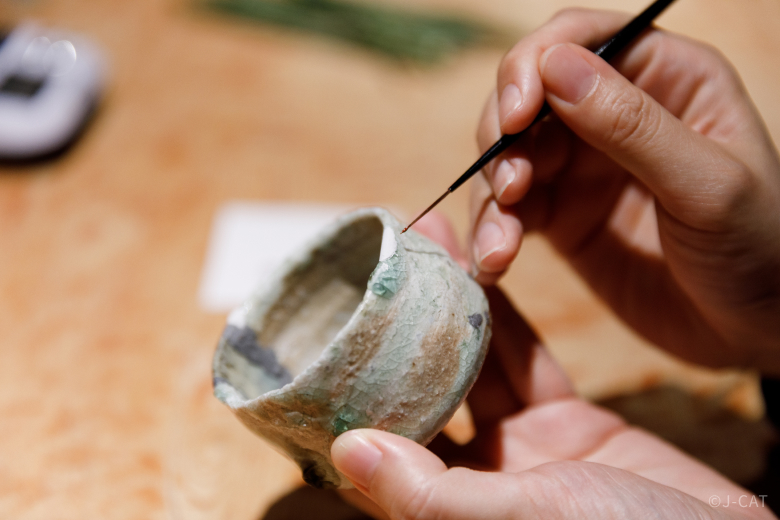
A new sense of harmony emerges from the parts joined together through kintsugi
After applying lacquer, you will have to wait for it to harden. During this time, guided by your instructor, you will make matcha in a bowl created by a ceramic artist affiliated with Tobetobekusa. Even the brand of matcha used for this experience is carefully selected by Ito and his staff, as they are particular about matcha.
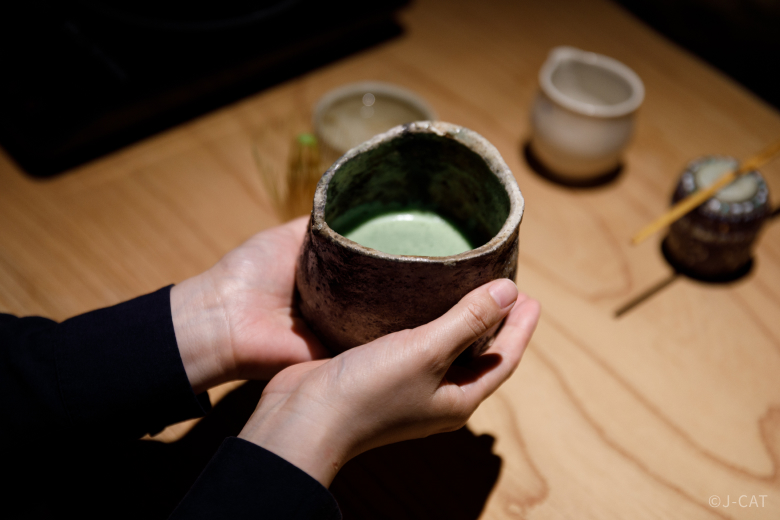
Enjoy the sensation of the tableware in your hands
“Even if it’s your first time making matcha, please rest assured that we will teach you thoroughly,” says Ito. For a smooth and frothy finish, he advises whisking the matcha back and forth rapidly, then raising the chasen (tea whisk) in the center of the bowl after the final back-and-forth motion. Once your matcha is ready, its aroma will waft through the tranquil space and soothe you.
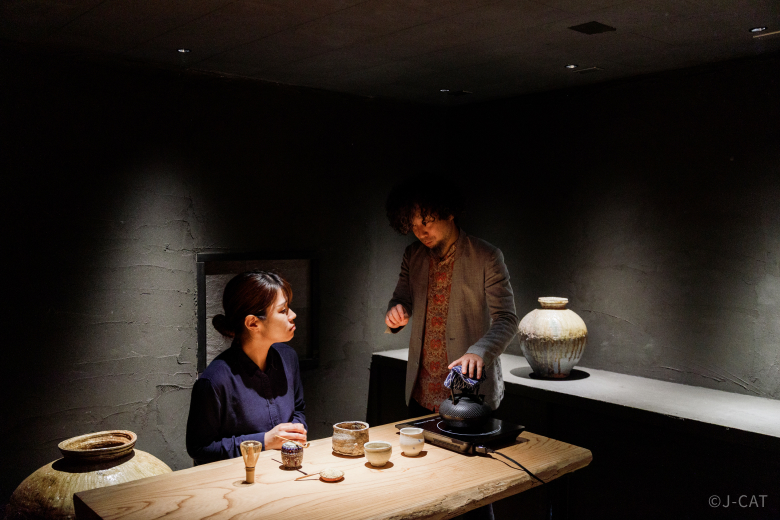
Ito (or a different instructor, if he will be unavailable during your experience date) will be happy to answer any questions you may have about tableware, tea, and more
As you enjoy your matcha, you will learn from your instructor about the artisan who created the bowl in your hands. Your instructor will also shed light on the history and appeal of wood-fired ceramics and kintsugi.
Appreciate Japanese Artisanship Through Your Very Own Creation
At last, the creation process is about to come to a close. Cover the now-hardened lacquer along the joints with pure gold powder — a decorative touch that adds some vibrance to your creation. As the gold powder is extremely fine, be sure to apply it carefully with a brush to prevent it from scattering. Quietly and attentively moving the brush with a comfortable tension has a meditative quality to it; your distractive thoughts will disperse as you immerse yourself in this task.
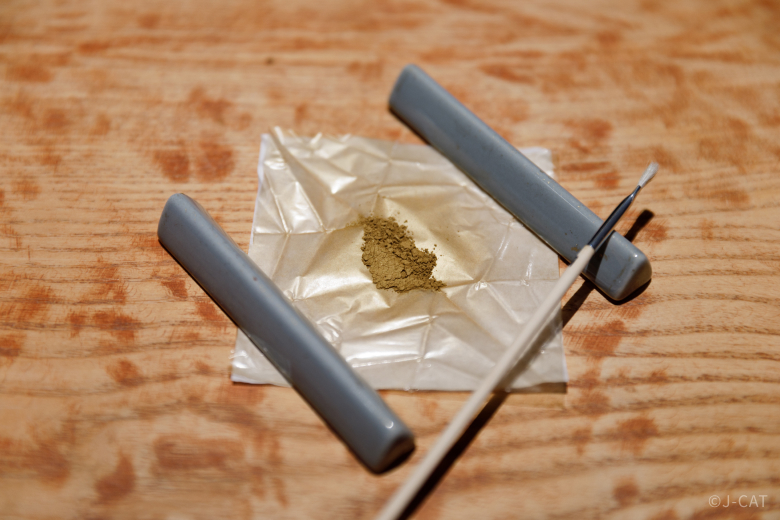
The gold powder and brush that you will use in this experience
Right on the same day, you can take home your finished creation in the wooden box with your name written on it. (Alternatively, you can have it shipped, though additional charges will apply for overseas shipping.) As your newly repaired creation will still be in a delicate state immediately after the kintsugi experience, please leave it in its box for about a week, without touching or using it, to prevent the joints from moving around or coming apart. Once the lacquer has thoroughly dried, you can start using your tableware.
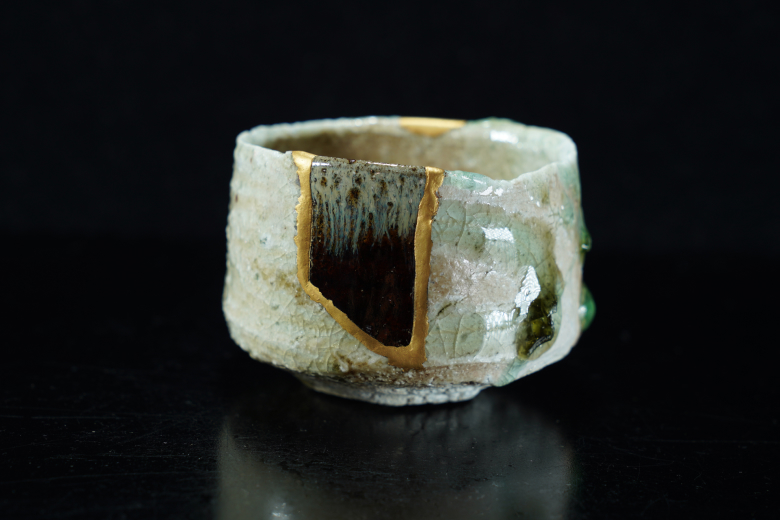
A bowl that has been given new life
After the experience, feel free to return to the gallery, if you like. A second look around the gallery after the yobitsugi experience might leave you with a deeper appreciation of the creations. For an unforgettable opportunity to discover how Japanese people treasure and breathe new life into old objects, come to Tobetobekusa for this kintsugi experience, and surround yourself with ceramics imbued with their creators’ thoughts and feelings.
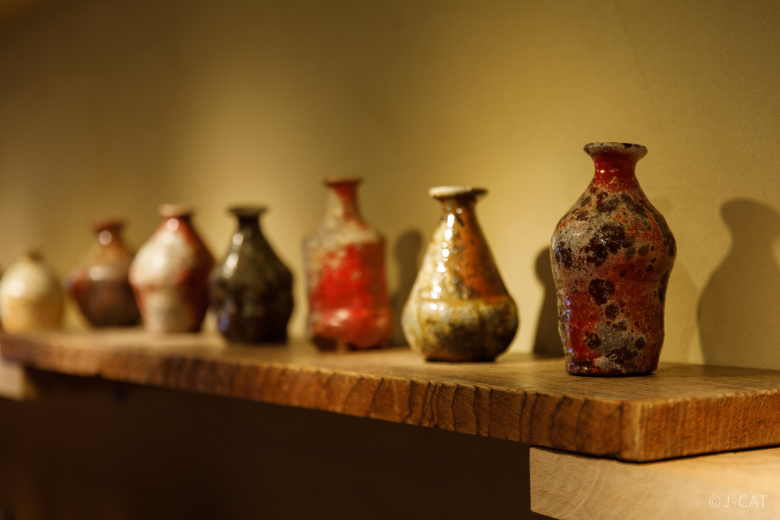
Depending on when you visit, you might even be able to meet the artist whose creations are on display for the gallery’s seasonal exhibition
Japanese Pottery Gallery Tobetobekusa

Japanese Pottery Gallery Tobetobekusa
Owned by Takashi Ito, Tobetobekusa first opened in the Nishi-Asakusa district but moved to the Hatchobori area near Tokyo Station in 2022. Showcasing creations from pottery-producing regions across Japan, the gallery exhibits and sells traditional wood-fired ceramics such as Shigaraki ware and Tamba ware. Each season, it holds an exhibition focusing on the creations of a specific ceramic artist.
Customer's Voice
The yobitsugi experience at Tobetobekusa was incredible. We were warmly welcomed & the attention to detail was excellent. We felt well cared for & frankly, pampered. We had the artist/gallery owner, a kintsugi expert, and our translator focusing on us having a memorable time. As an artist, my sister felt her skills were well utilized & as a non-artist, I learned a new skill at a superior quality level. This experience was well suited to both of our skill levels. The content of the experience, the team available the day of the experience, the translation were all first rate. Our experience ran long & we were so grateful to the team extending our time together so that we could finish our pieces. The customer service provided by the team exceeded our expectations. The entire experience was well worth the total price paid. We love that we now have one of a kind ceramics that are so beautifully crafted according to Japanese practices. It was the highlight of our trip. It was a personalized experience learning a Japanese craft directly from the experts. I highly recommend it & will seek this site out for future experiences.
P.C. United States
Location
Japanese Pottery Gallery Tobetobekusa
Chuo Ward, Tokyo
Request for booking
Select first preferred date (JST)
January 2026
Sun
Mon
Tue
Wed
Thu
Fri
Sat

Instant Booking

Request Booking

17
Full

17
Unavailable
Tokyo
210mins
from ¥40,000 /person
1 - 6 participants
Available in English
Cancel free up to 4 days prior
Things to know
Contact Us
If you have any questions, please contact us using the form below.
We also accept bookings from corporate clients and travel agencies.